Giro d'Italia team time trial preview
A narrow course along the Ligurian coast
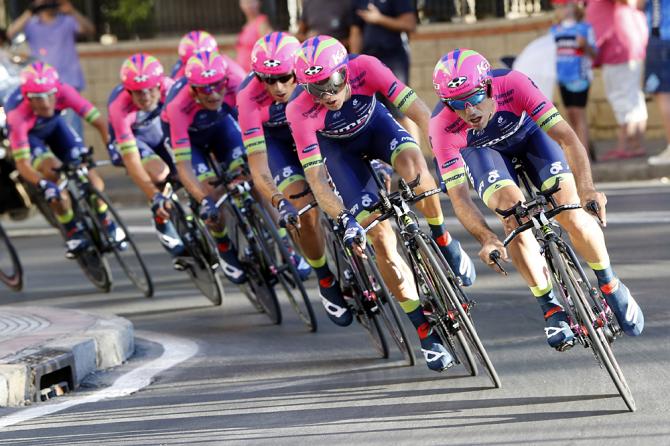
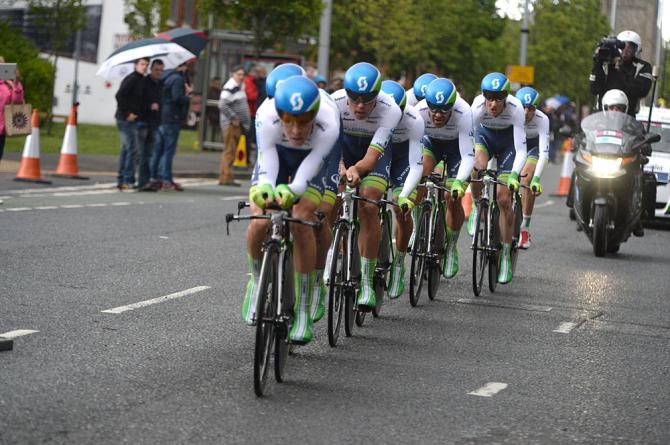
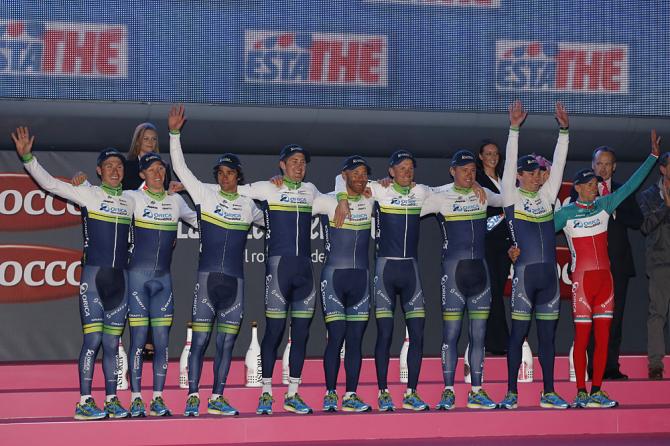
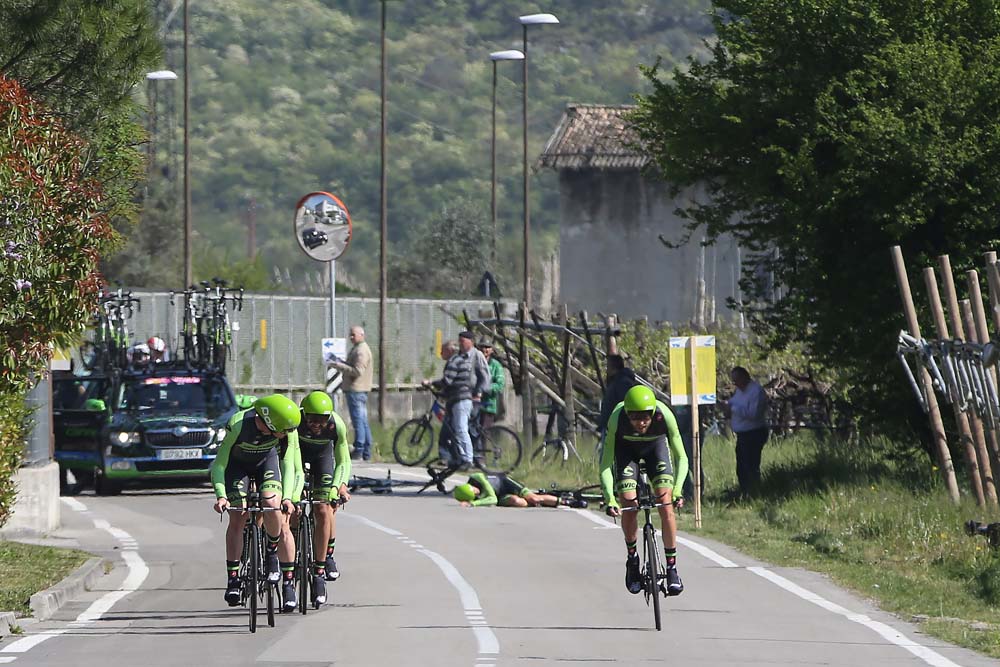
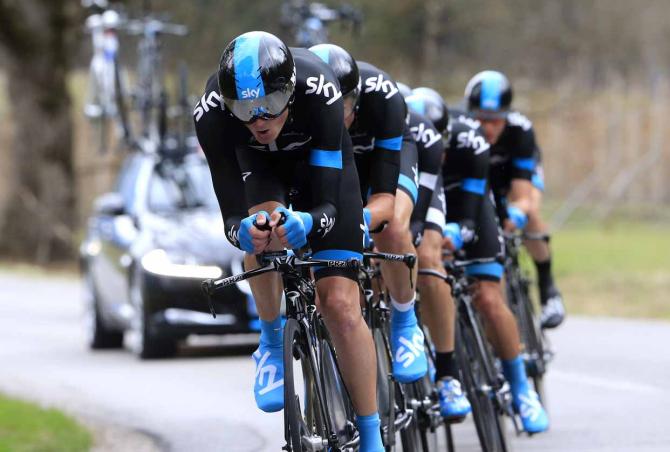
If you see lots of train-related clichés in Saturday’s reports of stage one of the Giro d’Italia - riders hitting the buffers, so-and-so’s Giro derailed, all aboard for the start of the Giro, etcetera - then you can put the blame at least partly on the route.
Saturday’s 17.6 kilometre team time trial will be held almost entirely on bike paths based on abandoned railway lines running alongside the Ligurian coast, which are part of a bigger 60 kilometre network, known as Cycling Riviera.
As such, Saturday’s opening leg of the Giro d’Italia is almost completely flat – a plus for the riders given they face around 40,000 metres of vertical climbing in this year’s race. In fact, there is a maximum height gain of a whopping eight metres on the entire course, which wriggles in a more or less straight line between the two coastal towns of San Lorenzo al Mare and San Remo, starting at five metres above sea level and finishing at four. (This means, incidentally, that the Giro’s first classified climb will come two-thirds of the way through Sunday’s 177-kilometre mass start stage, a fourth category ascent at Pratozanino.)
Sunday's fourth category climb may be a pimple in comparison with the Mortirolo or Finestre in the Giro’s third week but it is a giant ascent compared with Saturday’s climbing challenges. At times hugging the rocky coastline with the sea a few metres below and a road above, at others passing through the backstreets of small, glitzy coastal towns and at others going through cuttings with narrow bridges overhead, the TTT route holds a relentlessly flat steady westward line. Only in the last 500 metres in San Remo itself does it make a definitive return to normal roads.
The finishing street of Lungomare Italo Calvino was better known in the cycling world, up to now, as the temporary finish for La Primavera a few years back, from 2008 to 2014. Now, though, after seven years of crowning the Milan-San Remo winner, on Saturday it will be the backdrop for the first leader of the 2015 Giro d’Italia.
Apart from the lack of climbs, putting the course on a railway line has some definite advantages when it comes to setting a fast time on Saturday afternoon, with differences between the squads predicted, in general, to be minimal. Barring the midway point, where there are two sharp corners and an underpass in the town of Arma di Taggia - where the main split time check will be taken - most of the bends are comparatively gentle.
Although the few tunnels (totalling less than a kilometre) along the route are well lit, one potential worry for the squads is likely to be the bike path’s narrowness in a few places. That could render changeovers at the head of each line of riders a little trickier than usual. Crashes or punctures and technical issues for the bike riders and bringing up the team car - without blocking the next squad behind - may be more difficult to resolve than usual, if say, the crash is in a cutting. It will be interesting to see, too, how much the fans spill over from the sides of the narrow course: hopefully not too much.
Get The Leadout Newsletter
The latest race content, interviews, features, reviews and expert buying guides, direct to your inbox!
The TTT route contrasts radically, too, with the Giro's equivalent opening team time trial in Belfast last year, where almost all the roads through the Northern Irish capital were wide. The Mediterranean scenery will be very familiar to fans - with the Poggio climb lurking high in the background on the riders’ right for a fair chunk of the route. But there the comparisons end. Rather than the end of the line like at Milan-San Remo, this time round on Saturday, for the Giro d’Italia 2015, it’s a case of full steam ahead.
To subscribe to the Cyclingnews video channel, click here
Alasdair Fotheringham has been reporting on cycling since 1991. He has covered every Tour de France since 1992 bar one, as well as numerous other bike races of all shapes and sizes, ranging from the Olympic Games in 2008 to the now sadly defunct Subida a Urkiola hill climb in Spain. As well as working for Cyclingnews, he has also written for The Independent, The Guardian, ProCycling, The Express and Reuters.
